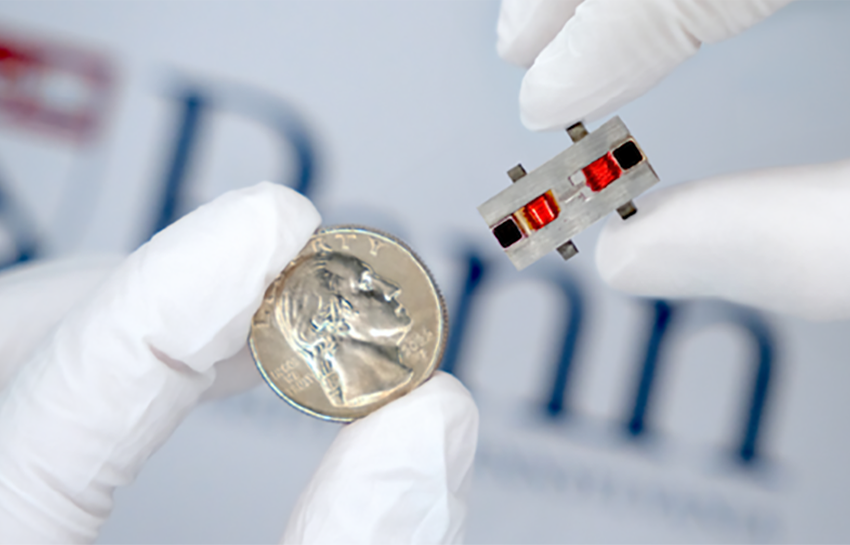Engineers from the University of Pennsylvania have developed a new adjustable filter that could revolutionize wireless communications and pave the way for the next generation of cellular networks, including 6G.
The filter, described in a paper published in Nature Communications, can successfully prevent interference in higher-frequency bands of the electromagnetic spectrum.
The Frequency Range 3 (FR3) band, which includes frequencies from about 7 GHz to 24 GHz, has recently been made available for commercial use by the Federal Communications Commission (FCC). However, wireless communications in this band are limited due to the performance of existing small-filter and low-loss switch technologies.
Expanding 6G options
The new adjustable filter, constructed using a material called yttrium iron garnet (YIG), allows engineers to selectively filter different frequencies, eliminating the need for separate filters. YIG propagates a magnetic spin wave that changes frequency when exposed to a magnetic field, enabling continuous frequency tuning across a broad range.
The filter is small, about the same size as a quarter, and requires very little power. It operates using a zero-static-power, magnetic-bias circuit, which creates a magnetic field without requiring additional energy beyond occasional adjustments.
This innovation has the potential to replace the numerous filters currently needed in wireless devices, reducing size and improving performance. It also opens up the possibility of utilizing the FR3 band for future wireless communication technologies like 6G. The researchers hope to demonstrate that a single adaptable filter is sufficient for all frequency bands.
The team will present their findings at the 2024 Institute of Electrical and Electronics Engineers (IEEE) Microwave Theory and Techniques Society (MTT-S) in Washington, D.C. In addition to revolutionizing wireless communications, this adjustable filter could contribute to solving interference issues that have plagued the industry in the past and help make 6G a reality inside consumers’ smartphones.

